Build an Emergency Fund
Determine How Much You Need for Your Emergency Fund
When to Use Your Emergency Fund
Build Your Emergency Fund with Automatic Savings
An emergency fund is different from a rainy day savings account, which you might use for minor unexpected expenses. To ensure you have financial security during real emergencies, it’s essential to keep these funds separate and avoid using them for non-urgent situations.
One of the easiest ways to build your emergency fund savings is through automated deposits. With NBF Direct Online Banking or the NBF App, you can schedule regular transfers to a Max Saver account using the standing instruction facility, helping you stay on track with your financial planning effortlessly.
Keep Your Emergency Fund Growing with Regular Top-Ups
If you’re fortunate enough not to use your emergency fund, it’s important to top it up regularly to ensure it keeps pace with your financial needs. Over time, inflation, lifestyle changes, and increased expenses can reduce the fund’s effectiveness, so occasional contributions help maintain its value.
Make it a habit to review your emergency savings and adjust the amount as needed. What covered four months of expenses a year ago may no longer be sufficient today. By staying proactive with regular top-ups, you can ensure your emergency fund savings remain a strong part of your financial planning.




